Home>Gardening & Outdoor>Landscaping Ideas>What Is The Difference Between Timothy Hay And Orchard Grass
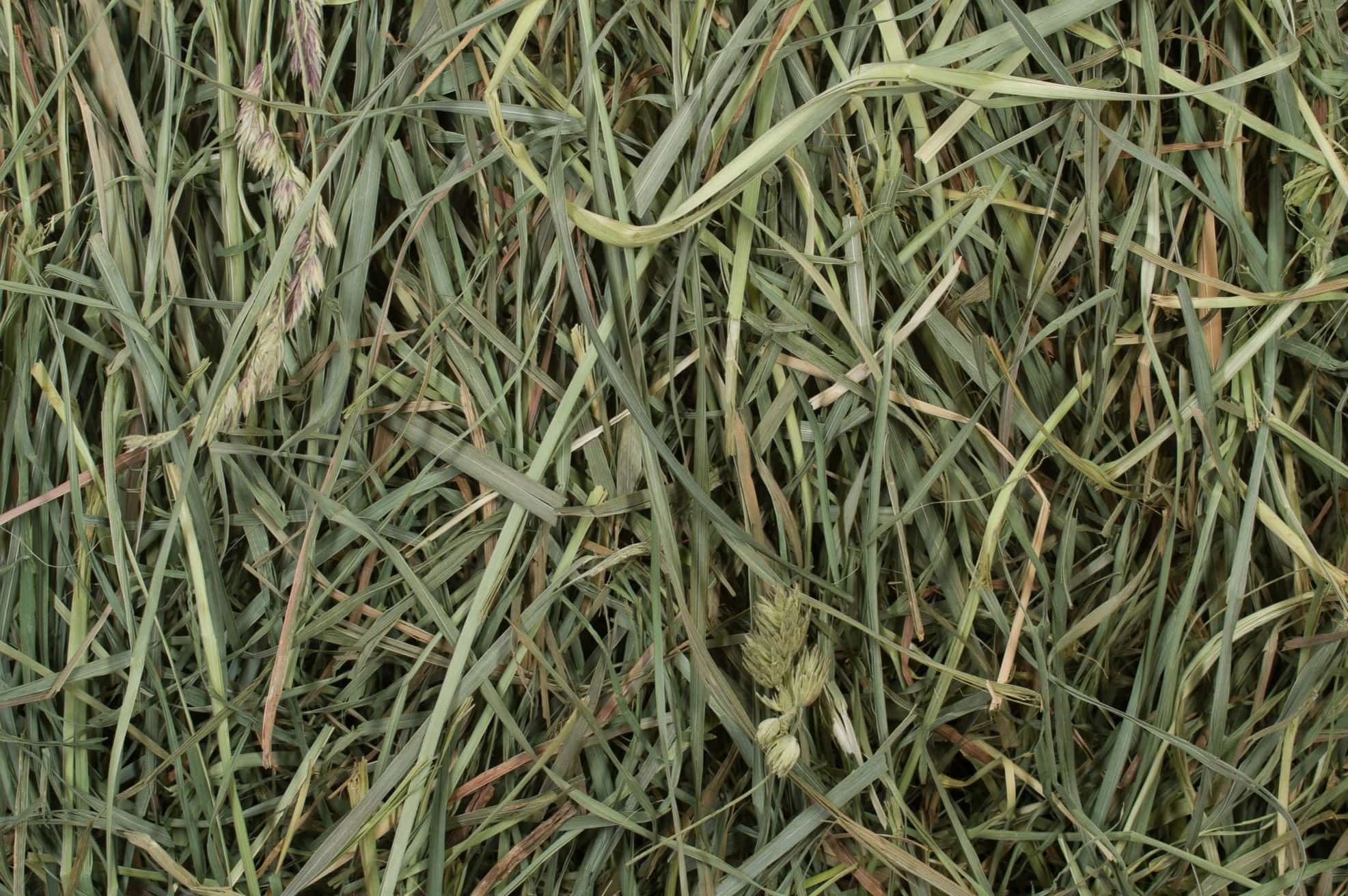

Landscaping Ideas
What Is The Difference Between Timothy Hay And Orchard Grass
Modified: March 26, 2024
Discover the key distinctions between Timothy hay and orchard grass to make informed decisions for your landscaping ideas. Explore the benefits and uses of each type of grass.
(Many of the links in this article redirect to a specific reviewed product. Your purchase of these products through affiliate links helps to generate commission for Storables.com, at no extra cost. Learn more)
Introduction
Welcome to the wonderful world of forage options for your beloved herbivorous pets or livestock. When it comes to selecting the best feed for your furry or woolly friends, the choices can seem overwhelming. Two popular options that often come up in the conversation are Timothy hay and orchard grass. Both of these grasses are highly regarded for their nutritional value and palatability, making them staple choices for many animal owners.
Understanding the differences between Timothy hay and orchard grass can help you make an informed decision about which option is best suited for your specific needs. From their physical characteristics to their nutritional profiles and recommended uses, each type of grass offers unique advantages. By delving into the specifics of Timothy hay and orchard grass, you can gain a deeper understanding of their individual qualities and make the best choice for your furry or woolly companions.
Key Takeaways:
- Timothy hay is soft, low in calcium, and great for small pets. Orchard grass is coarser, high in protein, and perfect for larger livestock. Both promote animal health and well-being in unique ways.
- Timothy hay is like a gentle hug for small pets, while orchard grass is a hearty meal for larger animals. Each grass has its own special benefits, contributing to the happiness and health of our furry friends.
Characteristics of Timothy Hay
Timothy hay, scientifically known as Phleum pratense, is a cool-season grass that belongs to the Poaceae family. This perennial grass is native to Europe but is widely cultivated in many regions around the world for its use as animal fodder. Timothy hay is known for its fine stem and soft texture, making it a popular choice for small pets such as rabbits, guinea pigs, and chinchillas, as well as for larger animals like horses and cattle.
One of the key characteristics of Timothy hay is its distinct light green color, which indicates its freshness and high nutritional content. The grass is typically harvested at the early bloom stage to ensure optimal levels of nutrients and fiber. Timothy hay is also known for its sweet aroma, which adds to its appeal for both animals and their owners.
When it comes to physical attributes, Timothy hay boasts long, thin blades with a relatively low moisture content. Its texture is notably softer compared to other grasses, making it easier for animals to chew and digest. Additionally, Timothy hay is known for its relatively high fiber content, which is essential for maintaining digestive health in herbivorous animals.
Another notable characteristic of Timothy hay is its low calcium content, which is advantageous for animals prone to developing urinary tract issues. This grass is also relatively low in protein, making it an ideal option for animals with specific dietary requirements.
Overall, Timothy hay is prized for its fine texture, fresh aroma, and optimal nutritional composition, making it a popular choice for a wide range of herbivorous animals.
Characteristics of Orchard Grass
Orchard grass, scientifically known as Dactylis glomerata, is a cool-season perennial bunchgrass that belongs to the Poaceae family. This grass is native to Europe and Asia but has been naturalized in many other parts of the world, including North America. Orchard grass is widely recognized for its versatility and is commonly used as forage for livestock, including horses, cattle, and sheep.
One of the defining characteristics of orchard grass is its rapid growth and regrowth, making it an excellent choice for hay production and grazing. The grass typically reaches heights of 2 to 4 feet and features long, narrow leaves with a bluish-green hue. Orchard grass is known for its rapid establishment and ability to thrive in various soil types and climatic conditions.
Physically, orchard grass exhibits a coarser texture compared to Timothy hay, with wider blades and a slightly rougher feel. Despite its coarser texture, orchard grass remains palatable to many herbivorous animals and is often favored for its robust nature and high yield potential.
Orchard grass is also recognized for its relatively high nutrient content, including protein and digestible energy, making it a valuable option for animals with elevated nutritional requirements. Additionally, orchard grass contains moderate levels of calcium, which can contribute to overall bone health in animals consuming this forage.
Another notable characteristic of orchard grass is its ability to withstand heavy grazing and trampling, making it a resilient and enduring option for pastures and forage production. This grass is also known for its adaptability to various management practices, including cutting for hay or silage.
In summary, orchard grass stands out for its rapid growth, resilience, and high nutritional value, making it a popular choice for livestock feed and forage production in diverse agricultural settings.
Timothy hay is higher in fiber and lower in protein, making it a good choice for adult rabbits and guinea pigs. Orchard grass is softer and higher in protein, suitable for younger animals or those with dental issues.
Nutritional Differences
While both Timothy hay and orchard grass are valuable sources of forage for herbivorous animals, they exhibit distinct nutritional profiles that cater to different dietary needs and preferences.
Timothy hay is renowned for its relatively high fiber content, which is essential for promoting healthy digestion in animals such as rabbits, guinea pigs, and chinchillas. The grass also contains low levels of calcium, making it an ideal choice for animals prone to urinary tract issues. Additionally, Timothy hay is characterized by a moderate protein content, which is suitable for maintaining overall health and vitality in herbivorous animals.
On the other hand, orchard grass boasts a higher protein content compared to Timothy hay, making it a preferred option for animals with elevated nutritional requirements, such as lactating or growing livestock. Orchard grass also contains moderate levels of calcium, contributing to bone health and overall mineral balance in animals consuming this forage. The grass’s higher digestible energy content further enhances its appeal as a valuable source of nutrition for various herbivorous species.
When considering the nutritional differences between Timothy hay and orchard grass, it’s important to assess the specific dietary needs of the animals in question. For example, animals requiring a diet with lower calcium levels may benefit from Timothy hay, while those with increased protein demands may thrive on a diet supplemented with orchard grass.
Ultimately, the nutritional disparities between Timothy hay and orchard grass allow animal owners and livestock managers to tailor their feeding programs to meet the unique dietary requirements of their herbivorous companions, ensuring optimal health and well-being.
Uses and Benefits
Both Timothy hay and orchard grass offer a range of uses and benefits, making them valuable options for animal nutrition and forage production.
Timothy hay is widely utilized as a primary forage source for small herbivorous pets such as rabbits, guinea pigs, and chinchillas. Its fine texture and high fiber content make it an ideal choice for promoting dental health and digestive function in these animals. Additionally, Timothy hay is favored for its low calcium levels, which can help prevent urinary tract issues in susceptible pets. The grass also serves as a staple component of the diet for larger animals, including horses and cattle, providing essential fiber and nutrients for overall well-being.
Orchard grass is similarly valued for its versatility and nutritional benefits. This grass is commonly used as a forage option for livestock, including horses, cattle, and sheep, due to its high protein and digestible energy content. Orchard grass is also utilized in hay production and grazing, contributing to the nutritional requirements and overall health of various herbivorous animals. Its resilience and rapid regrowth make it a practical choice for sustainable forage management in agricultural settings.
Both Timothy hay and orchard grass offer the benefit of promoting natural foraging behaviors in animals, contributing to their mental and physical stimulation. The act of grazing on these grasses can help alleviate boredom and reduce stress in captive animals, enhancing their overall welfare.
Furthermore, the use of Timothy hay and orchard grass as forage options supports sustainable agricultural practices, providing a renewable and nutritious feed source for herbivorous animals. By incorporating these grasses into feeding programs, animal owners and livestock managers can contribute to the well-being and productivity of their beloved companions and livestock.
In summary, the uses and benefits of Timothy hay and orchard grass extend beyond basic nutrition, encompassing aspects of animal welfare, sustainable agriculture, and overall health management for a diverse range of herbivorous species.
Conclusion
In the realm of forage options for herbivorous animals, the distinctions between Timothy hay and orchard grass play a pivotal role in meeting the diverse dietary needs of various species. Timothy hay, with its fine texture, low calcium levels, and moderate protein content, stands as a favored choice for small pets and larger animals alike. Its palatability and nutritional composition make it an essential component of many herbivorous animals’ diets, promoting digestive health and overall well-being.
On the other hand, orchard grass, with its coarser texture, higher protein content, and rapid regrowth, offers a valuable forage option for livestock, contributing to their nutritional requirements and sustainable forage management. Its resilience and adaptability make it a practical choice for grazing and hay production, supporting the needs of herbivorous animals in diverse agricultural settings.
Understanding the nutritional disparities and physical characteristics of Timothy hay and orchard grass empowers animal owners and livestock managers to make informed decisions about the most suitable forage options for their furry or woolly companions. By considering the specific dietary requirements and preferences of the animals in question, individuals can tailor their feeding programs to optimize health, vitality, and overall welfare.
Furthermore, the uses and benefits of Timothy hay and orchard grass extend beyond basic nutrition, encompassing aspects of sustainable agriculture, animal welfare, and natural foraging behaviors. Incorporating these grasses into feeding programs not only supports the well-being of herbivorous animals but also contributes to the environmental sustainability of agricultural practices.
In essence, the differences between Timothy hay and orchard grass highlight the rich tapestry of forage options available to animal owners and livestock managers, each with its own unique qualities and contributions to the health and happiness of herbivorous species.
Whether it’s the gentle aroma of fresh Timothy hay or the robust resilience of orchard grass, these forage options symbolize the enduring bond between humans and herbivorous animals, rooted in the nourishing embrace of nature’s bounty.
Frequently Asked Questions about What Is The Difference Between Timothy Hay And Orchard Grass
Was this page helpful?
At Storables.com, we guarantee accurate and reliable information. Our content, validated by Expert Board Contributors, is crafted following stringent Editorial Policies. We're committed to providing you with well-researched, expert-backed insights for all your informational needs.




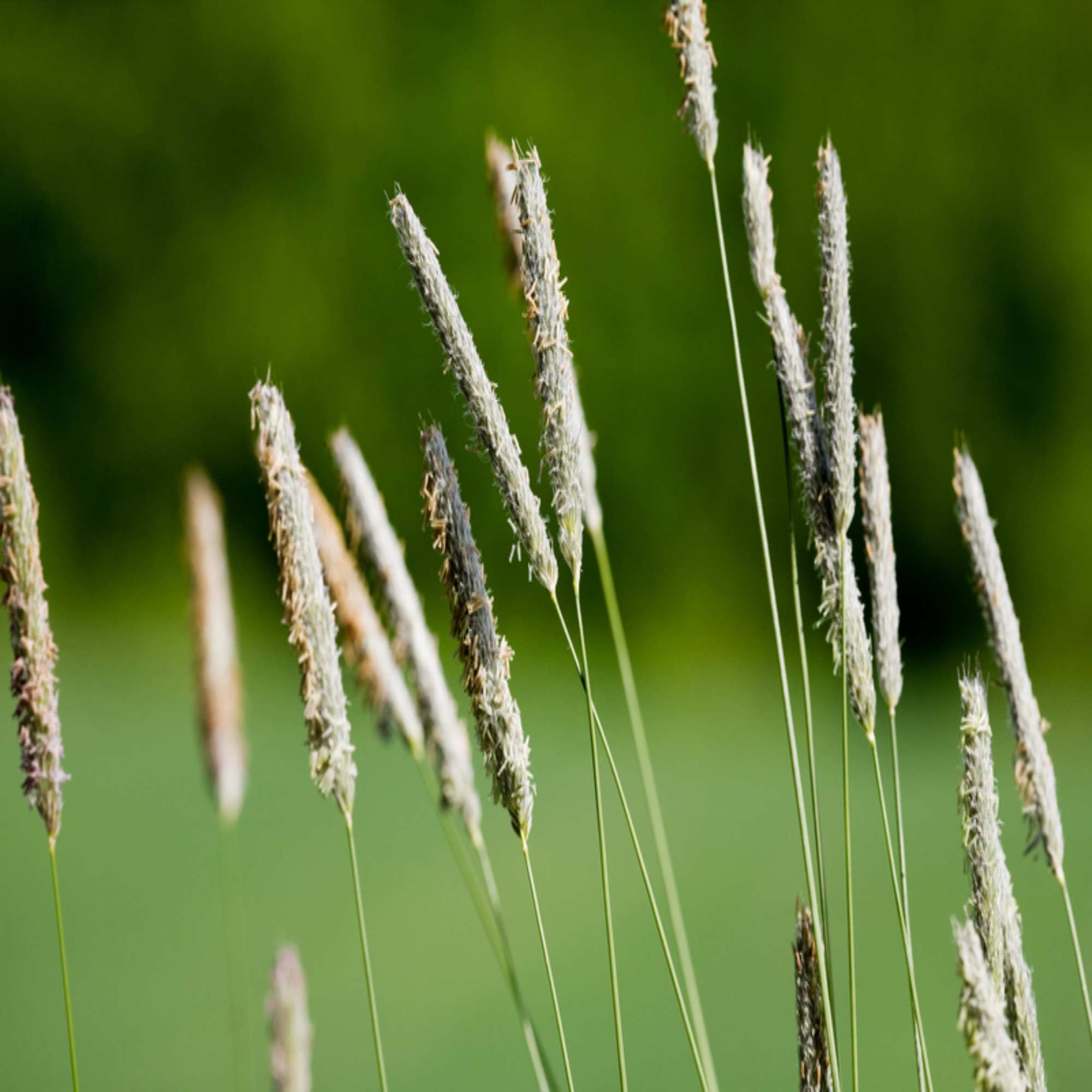

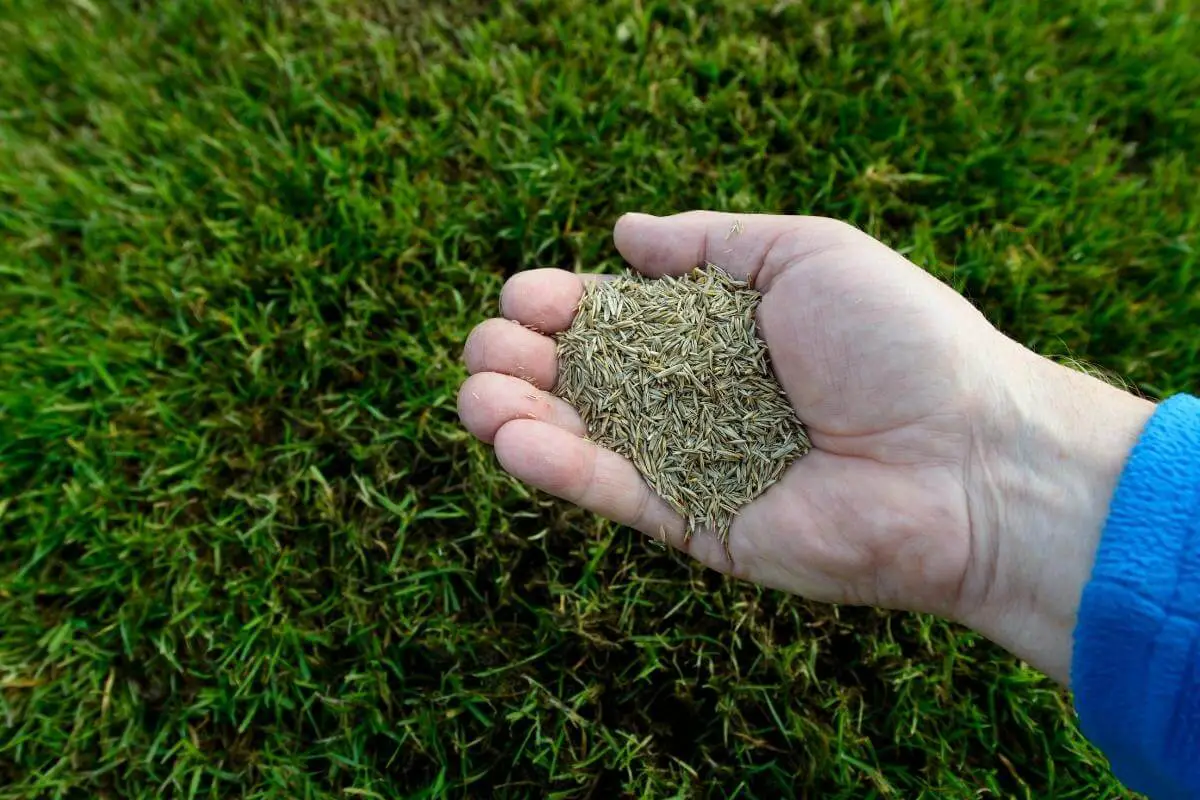
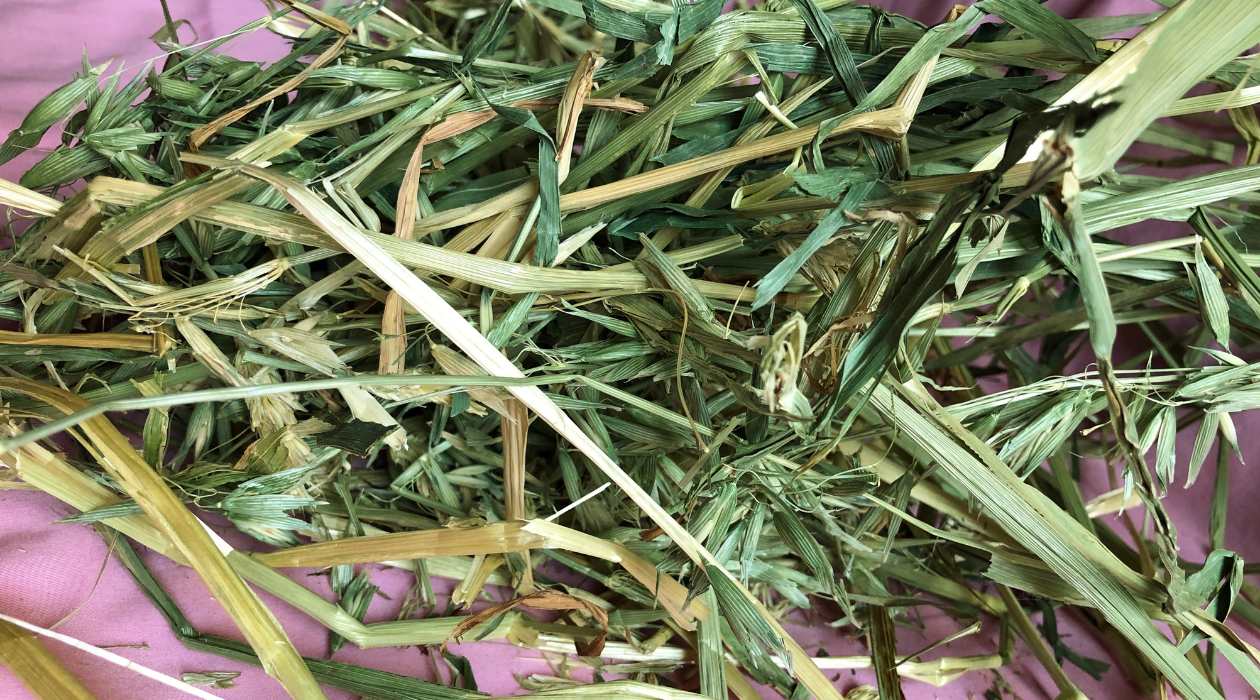


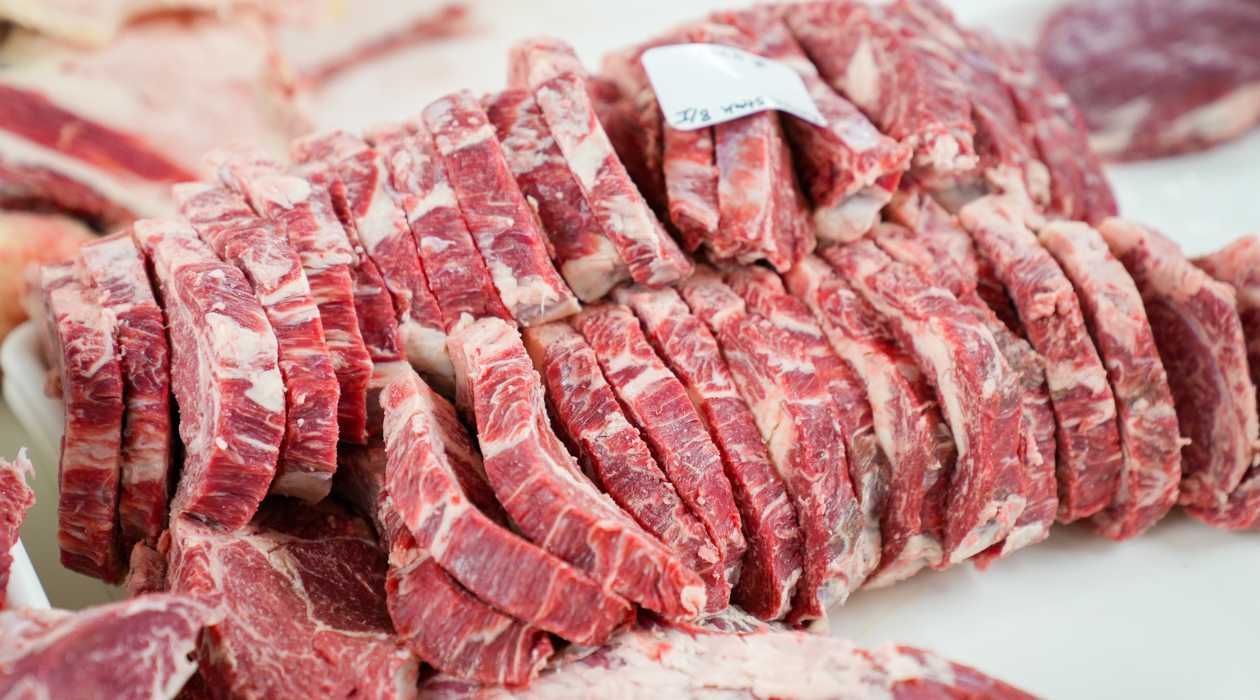

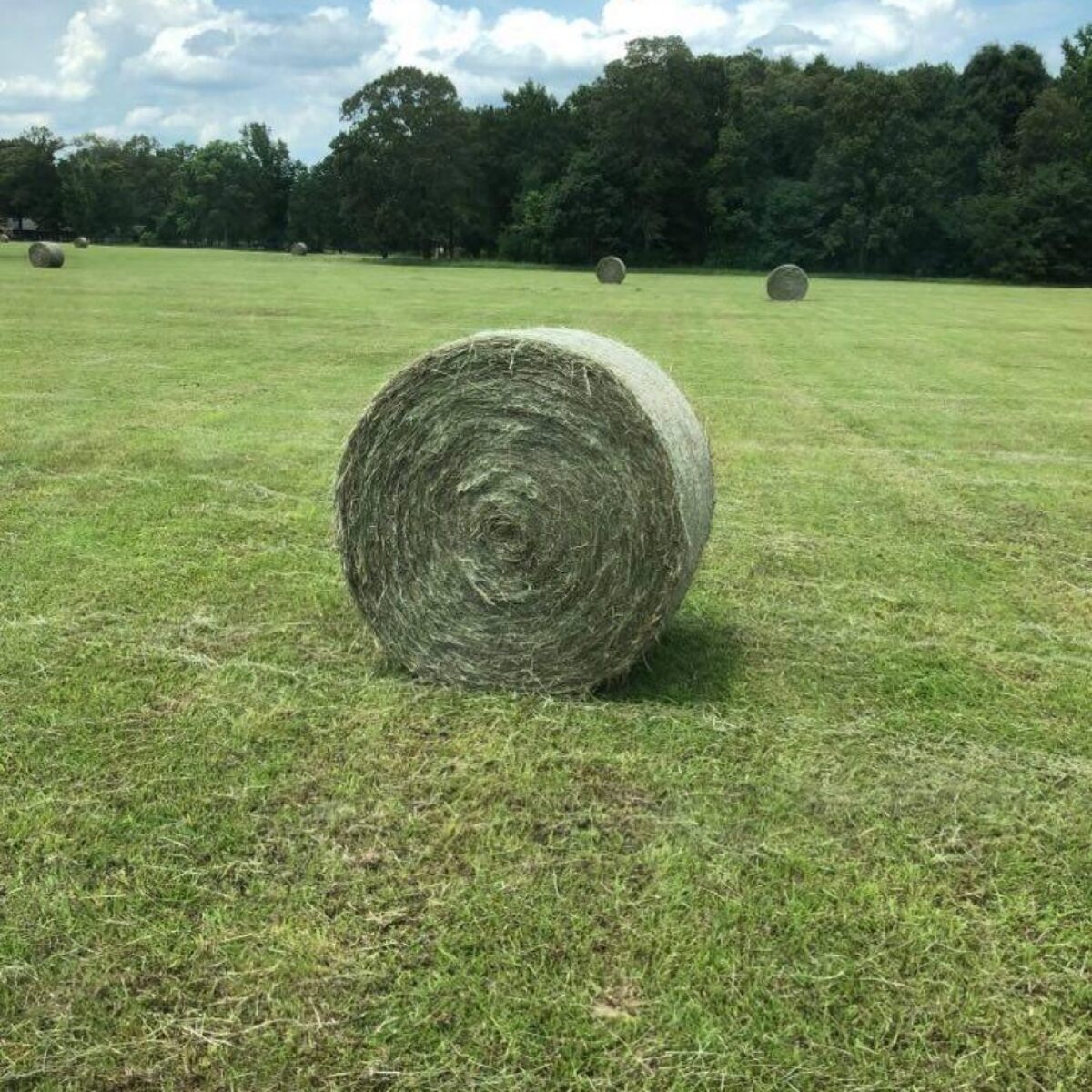


0 thoughts on “What Is The Difference Between Timothy Hay And Orchard Grass”